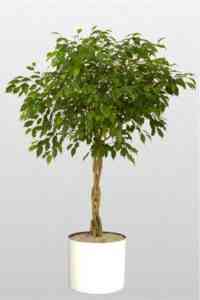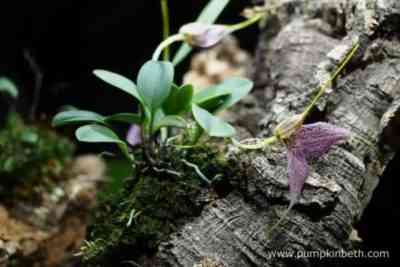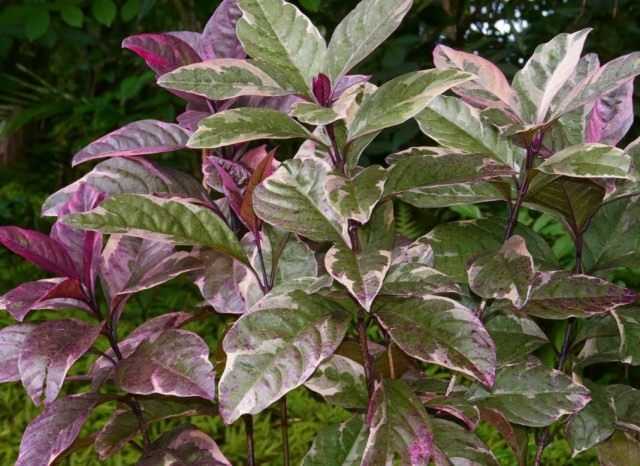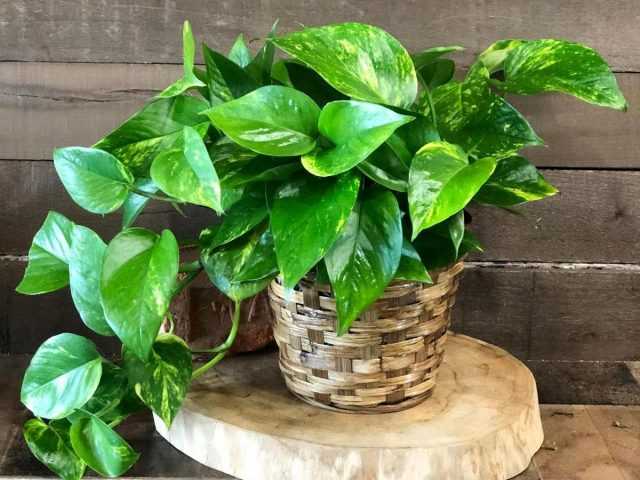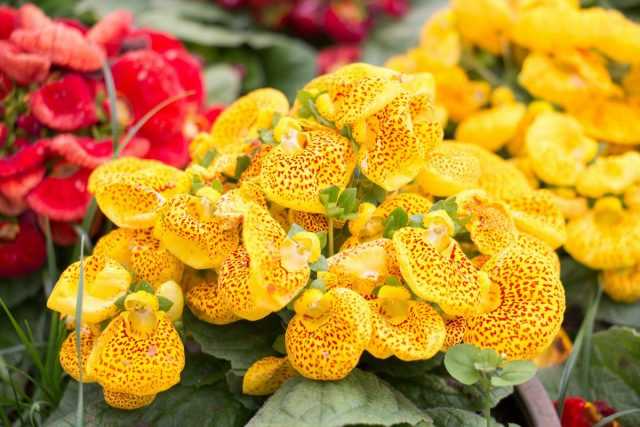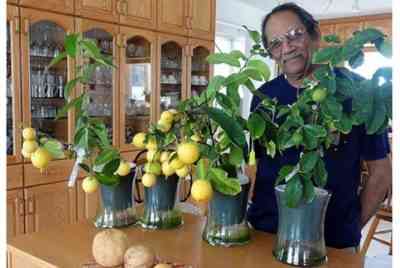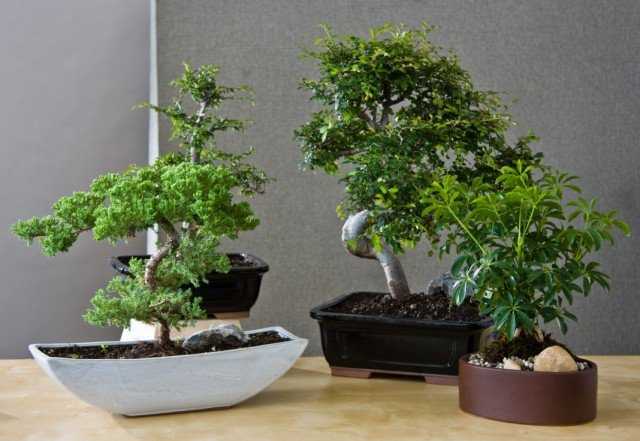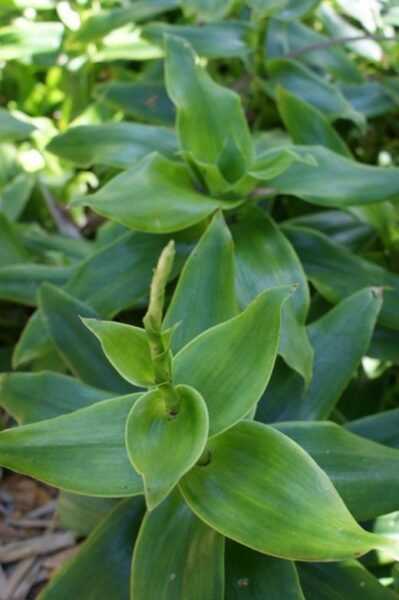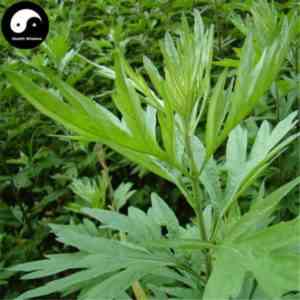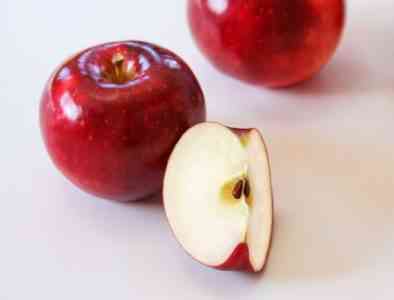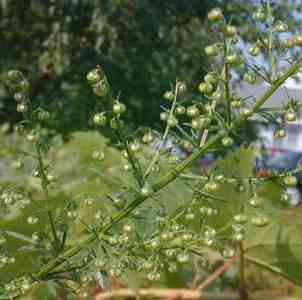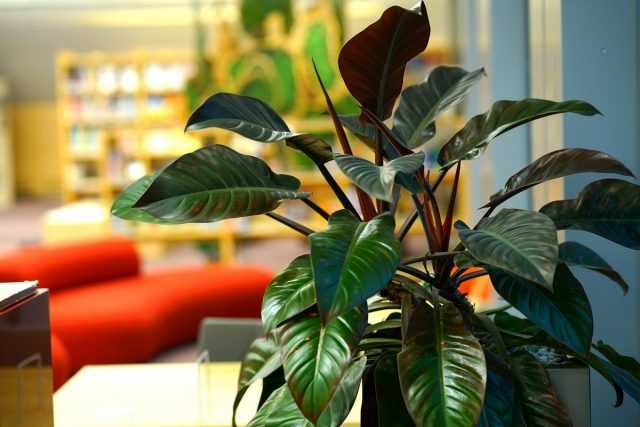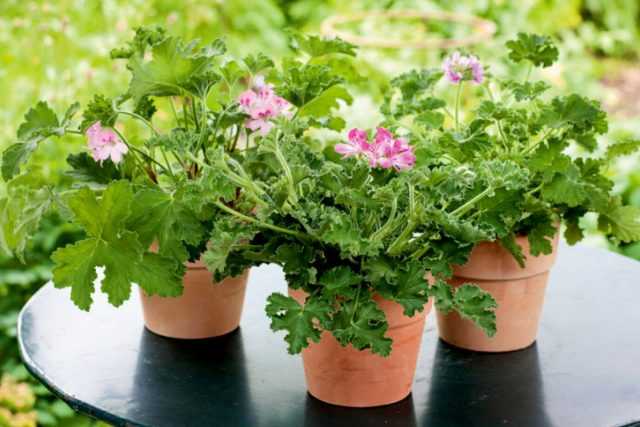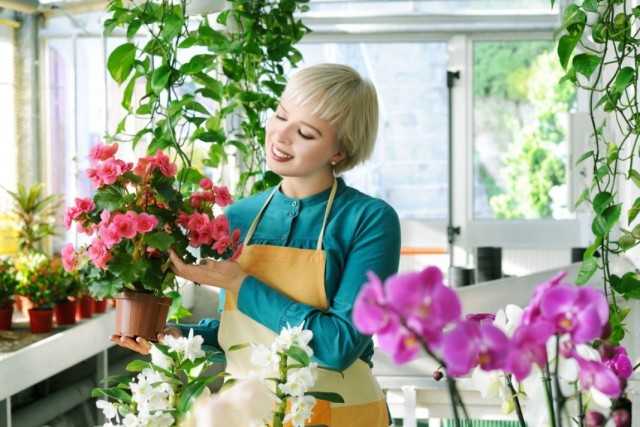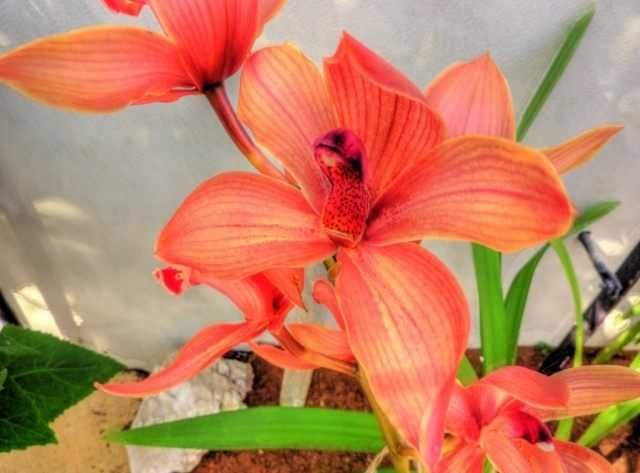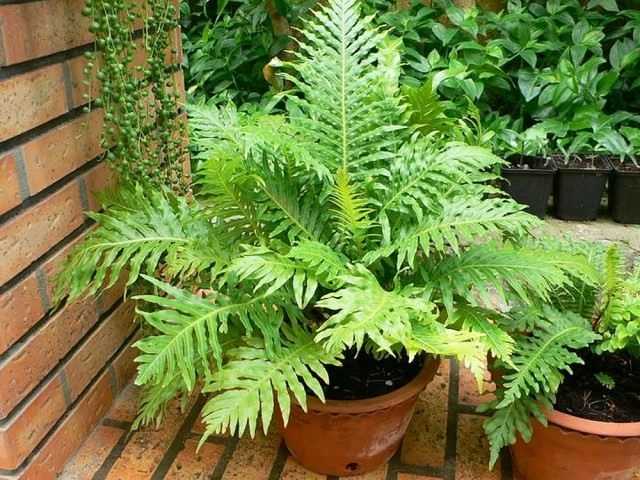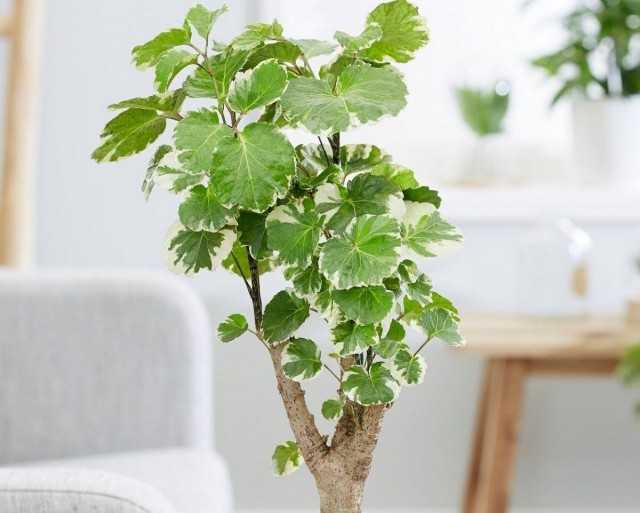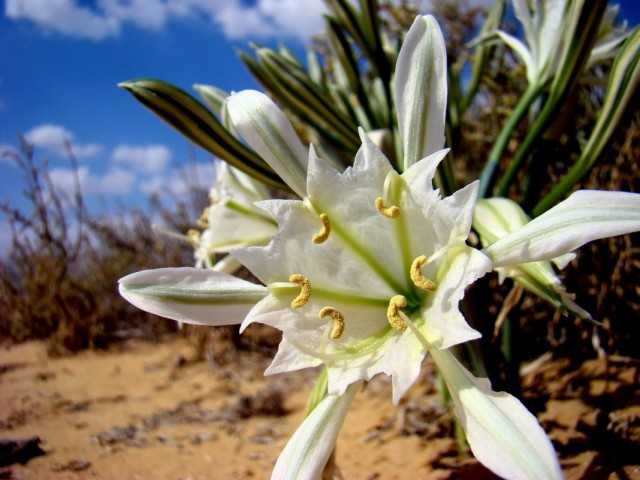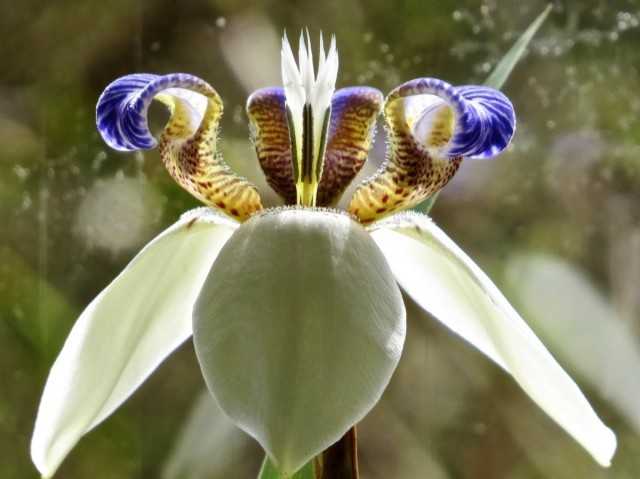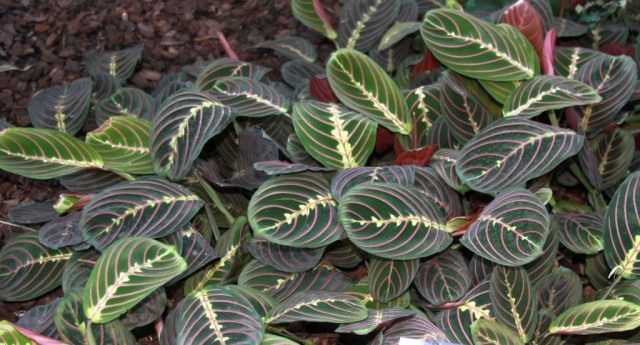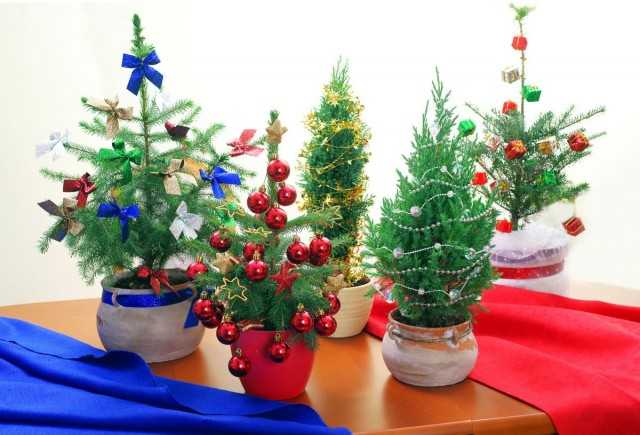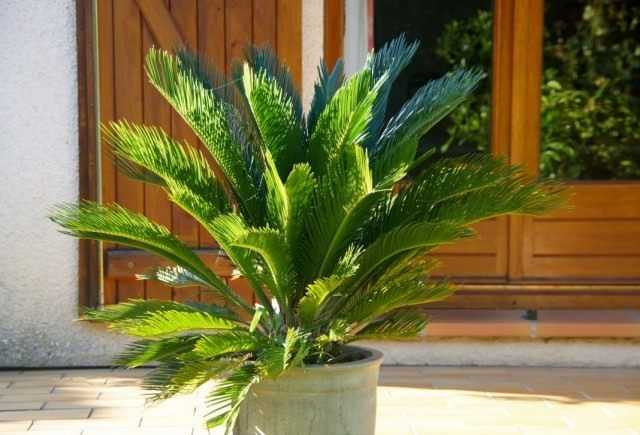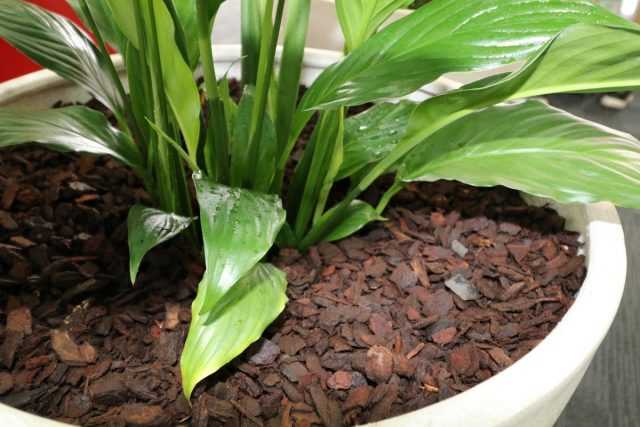The main condition for the successful cultivation of indoor reeds is moisture, because it is a marsh herb that belongs to the sedge family. Scientific name – isolepis drooping (Isolepis cernua), sometimes also called reed drowned (Scirpus cernuus), wilted cirpus, and among the people – cuckoo tears.
Indoor reed, or drooping isolepis. Farmer Burea-Uinsurance.com szkolka
It looks like a very unusual plant that cannot be confused with any other. The leaves of the indoor reed are long and thin, like hair, giving it grace. The maximum size of indoor reeds in culture: height – 25-30 cm, the diameter of the bush is about 30 cm, and its shape is fountain-like – it seems to shoot out of the soil with its numerous leaves-hairs.
Contents:
Growing indoor reeds
Isolepis can be grown in hanging pots as an ampelous plant, as well as in winter gardens. Indoor reeds can also be used as a ground cover plant, planting around large-sized plants. With it they create wonderful phytocompositions of the “swamp garden” type. Scirpuses are often sold in stores, the lower part of the stems of which is enclosed in plastic or bamboo tubes, making the plants look very decorative, resembling palm trees.
This is easy to do at home. The tube should be about half the height of the plant. Indoor reeds are pulled through the tube with their roots forward, which, like the top, should be free. Keep in mind that cats are very fond of isolepis, which eat its leaves. Therefore, they can rightfully be considered pests of this plant, along with spider mites and aphids, which can sometimes infect isolepis.

Care for isolepis drooping
The plant is characterized by rapid aging (baldness). Therefore, annually in spring, the cirpus is divided and transplanted into a wide, shallow container, removing old yellowed leaves. Dredge – leaf, sod land and sand (1: 2: 1). Young plants take root easily. From one indoor reed, you can get 5-7 young. But you should not divide it into many parts, since the root system of isolepis is poorly developed, and too small bushes will take root for a long time.
It is better to put indoor reeds in a well-lit place, because when there is a lack of light, the leaves stretch out strongly, but it tolerates light partial shade well. At the same time, the leaves burn out under the influence of direct sunlight.
At low humidity, the tips of the leaves dry out. Do not forget also to provide “marsh” living conditions for the reeds, for which there should always be a little water in the pan. By the way, it is better to choose a plastic pot for the circulus – so that it does not deteriorate from water. Water the plant with soft, settled water.
For normal growth and development, the plant needs monthly fertilizing with fertilizers that do not contain calcium.
